1952 VN universal mill #12
I'm new to machining.
New to vintage metals.
Never seen this..
I'm optimistic. But concerned/disappointed.
Uncovered a weird issue with one bearing journal closest to the bronze lead screw bearing.
during a complete tear down of my saddle.
It's eaten away. A cavity. A cancer.
What caused this?
My best semi educated geuss is
A: poor casting. Poor quality control.
Not van Normans style so doubtful.
Out the window with such thoughts..
B: original owner not last owner . who DID use the sump/coolant was poor at maintaining it.
That showed when I scraped out the sump of black goo. 15 pounds of it..
Never serviced his coolant let it get caustic or even electrified.
This is a know occurrence in cast iron engines as well.
Explains why the harden steel( opposite side is sleeved/ protecting the casting) is unaffected.
Just want to know the root cause really.
Then how to fix it/fill it with minimal skills
I'm a great welder but I know better.
Open to any thoughts as to why it happened and ideas to repair please .
Otherwise Ill just finish the cleaning and slap it back together. Forget all about it. Maybe even fill it with JBweld OR pr11 at that point. Still last another 70 years.
I'm new to machining.
New to vintage metals.
Never seen this..
I'm optimistic. But concerned/disappointed.
Uncovered a weird issue with one bearing journal closest to the bronze lead screw bearing.
during a complete tear down of my saddle.
It's eaten away. A cavity. A cancer.
What caused this?
My best semi educated geuss is
A: poor casting. Poor quality control.
Not van Normans style so doubtful.
Out the window with such thoughts..
B: original owner not last owner . who DID use the sump/coolant was poor at maintaining it.
That showed when I scraped out the sump of black goo. 15 pounds of it..
Never serviced his coolant let it get caustic or even electrified.
This is a know occurrence in cast iron engines as well.
Explains why the harden steel( opposite side is sleeved/ protecting the casting) is unaffected.
Just want to know the root cause really.
Then how to fix it/fill it with minimal skills
I'm a great welder but I know better.
Open to any thoughts as to why it happened and ideas to repair please .
Otherwise Ill just finish the cleaning and slap it back together. Forget all about it. Maybe even fill it with JBweld OR pr11 at that point. Still last another 70 years.
Attachments
-
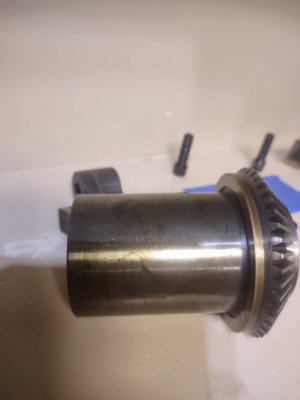 IMG_20220505_224844398.jpg29.1 KB · Views: 43
IMG_20220505_224844398.jpg29.1 KB · Views: 43 -
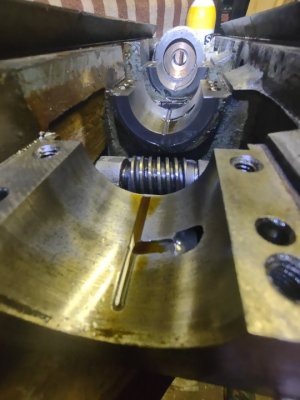 IMG_20220505_221817119.jpg60.2 KB · Views: 47
IMG_20220505_221817119.jpg60.2 KB · Views: 47 -
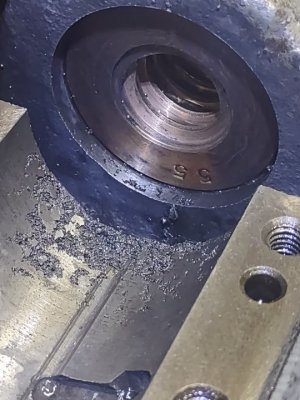 IMG_20220505_221758342.jpg83.4 KB · Views: 45
IMG_20220505_221758342.jpg83.4 KB · Views: 45 -
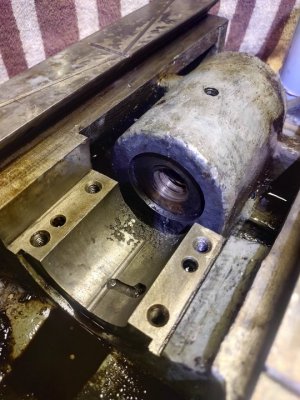 IMG_20220505_221656411.jpg100.1 KB · Views: 45
IMG_20220505_221656411.jpg100.1 KB · Views: 45 -
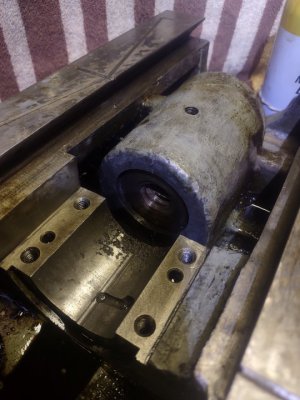 IMG_20220505_221644467.jpg78.3 KB · Views: 41
IMG_20220505_221644467.jpg78.3 KB · Views: 41 -
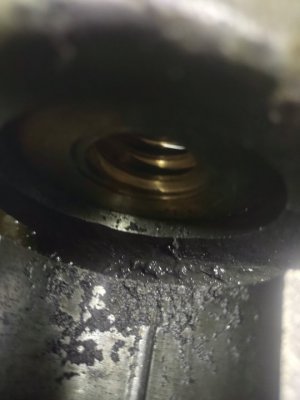 IMG_20220505_215334454.jpg43.4 KB · Views: 39
IMG_20220505_215334454.jpg43.4 KB · Views: 39 -
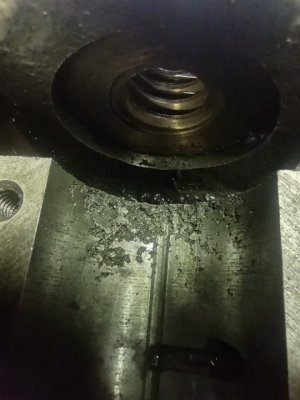 IMG_20220505_215206770_HDR.jpg57.5 KB · Views: 39
IMG_20220505_215206770_HDR.jpg57.5 KB · Views: 39 -
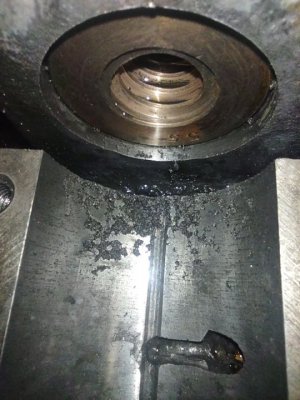 IMG_20220505_215153562.jpg86.3 KB · Views: 35
IMG_20220505_215153562.jpg86.3 KB · Views: 35 -
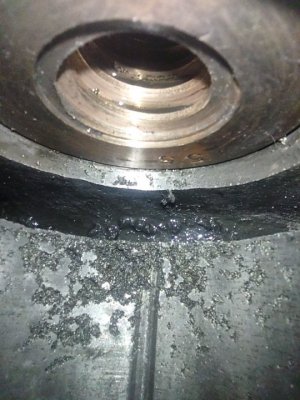 IMG_20220505_215147233.jpg88.6 KB · Views: 44
IMG_20220505_215147233.jpg88.6 KB · Views: 44

